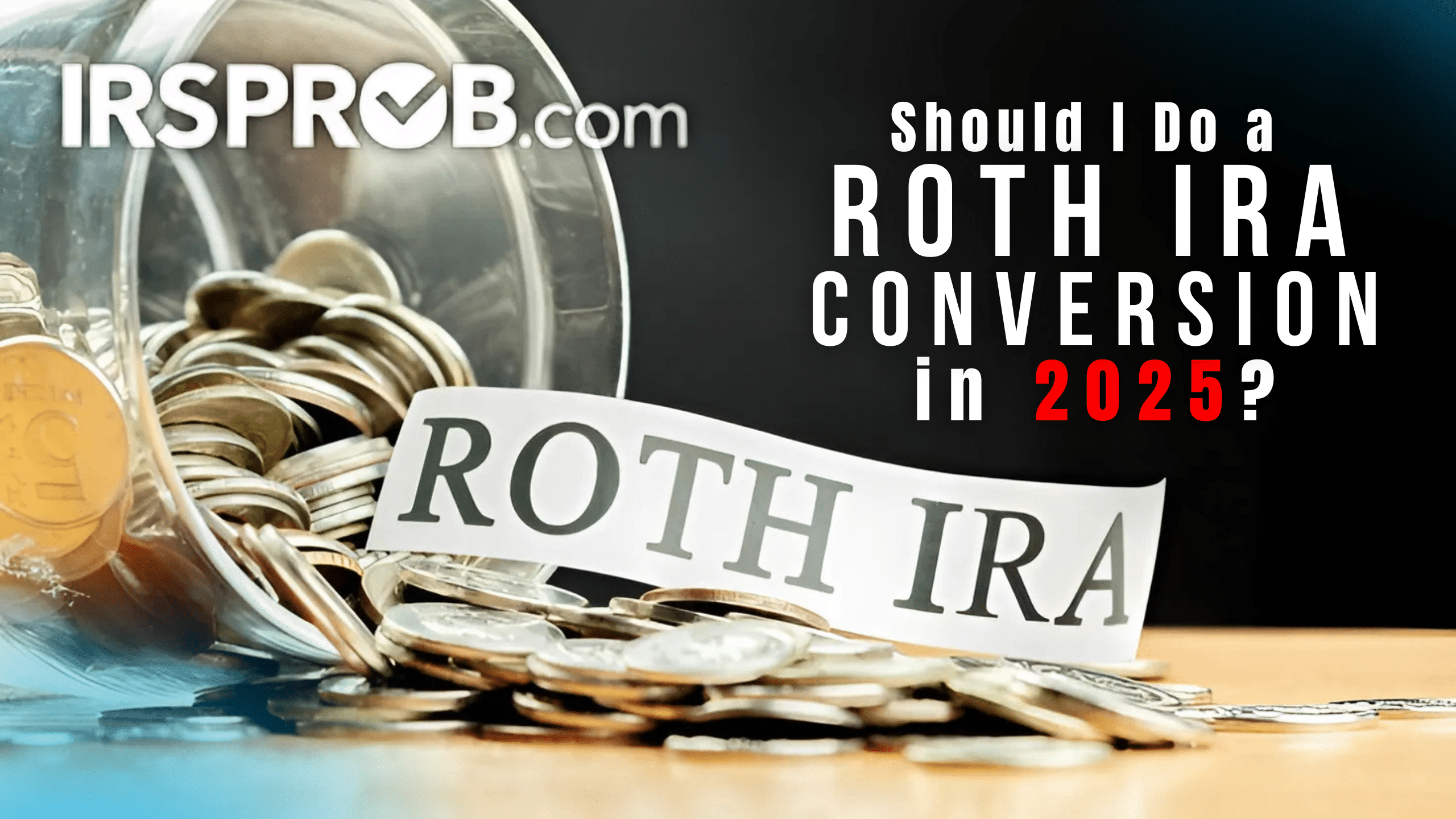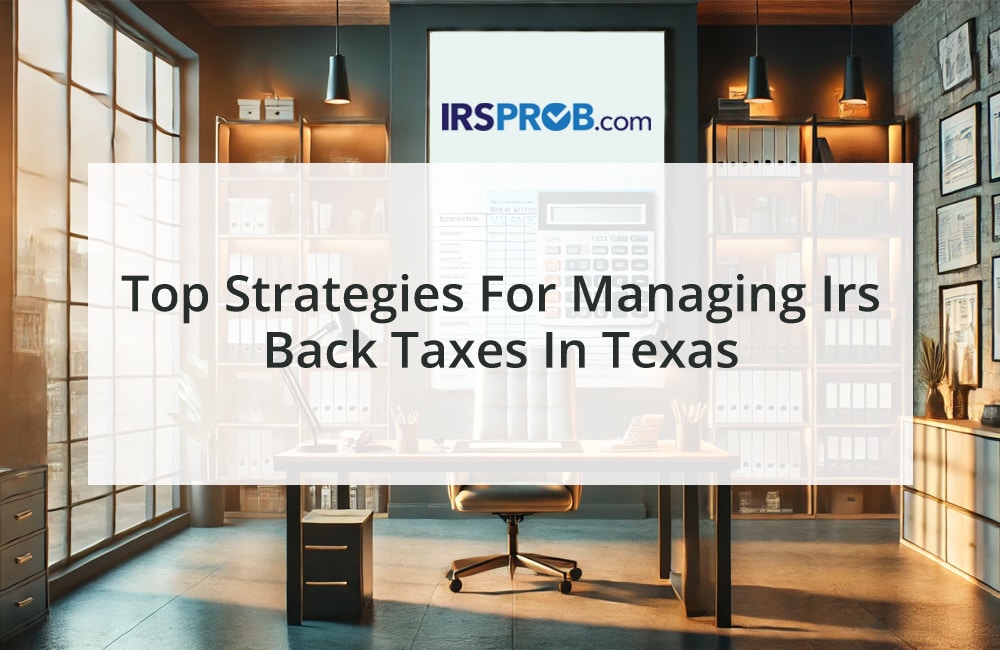
As a business owner, it’s essential to understand the tax implications of providing fringe benefits to your employees. Fringe benefits encompass a wide variety of perks offered in addition to regular wages and can include everything from health insurance to company-provided vehicles. These benefits can either be taxable, tax-deferred, or tax-free, depending on their nature and how they are structured under the tax code. Let’s break down the key elements that business owners need to know about fringe benefits and how they can utilize these benefits both strategically and within legal guidelines.
What Are Fringe Benefits?
Fringe benefits are any additional compensation provided to employees beyond their regular wages. Common examples include health insurance, retirement plan contributions, dependent care assistance, employer-provided vehicles, and company-provided cell phones. While some fringe benefits are tax-free for employees, others may be taxable depending on the specific circumstances.
Types of Fringe Benefits:
- Taxable Fringe Benefits: These benefits are generally added to an employee’s taxable income. An example of this would be personal use of a company vehicle.
- Tax-Deferred Fringe Benefits: These benefits allow employees to defer taxes until a later date, such as contributions to a qualified retirement plan.
- Tax-Free Fringe Benefits: These benefits are exempt from taxation, such as employer-provided health insurance.
For business owners, understanding the classification of each fringe benefit is critical to ensuring compliance with tax laws and maximizing the potential tax savings available to both the business and its employees.
Tax Implications of Fringe Benefits
For business owners, offering fringe benefits can provide a two-fold advantage. First, the cost of many fringe benefits is deductible for the business. Second, many of these benefits, if structured properly, can be provided tax-free to the employee. This can make fringe benefits an attractive option for retaining talent and reducing overall tax liability for the business.
However, it is essential to remember that fringe benefits offered must comply with IRS nondiscrimination rules. These rules are in place to prevent owners and highly compensated employees from receiving disproportionate benefits compared to other employees. If the IRS determines that a plan discriminates in favor of highly compensated employees, the benefits provided to those employees may be considered taxable income.
Nondiscrimination Rules for Fringe Benefits
Nondiscrimination rules are designed to ensure that fringe benefits are offered to all employees on a fair and equal basis. If a business only offers benefits to top executives or highly compensated employees, the value of those benefits may need to be included in their taxable wages. These rules apply to various fringe benefit plans, such as:
- Cafeteria plans
- Self-insured medical reimbursement plans
- Group-term life insurance
Business owners must carefully design their fringe benefit plans to comply with these regulations and avoid unintended tax consequences for their employees.
Employer-Provided Vehicles
One of the most commonly misunderstood fringe benefits is the employer-provided vehicle. If a business provides a vehicle to an employee, the value of any personal use of the vehicle must be included in the employee’s taxable income. The IRS provides several methods to determine the value of this benefit, including:
- General valuation
- Annual lease value method
- Cents-per-mile method
- Commuting value method
Business owners should work with a tax professional to determine the most beneficial method for valuing the personal use of employer-provided vehicles and ensure that it is reported correctly on the employee’s Form W-2.
Employer-Provided Cell Phones
Employer-provided cell phones can also be a valuable fringe benefit, particularly for employees who need to remain accessible outside of normal working hours. If the phone is provided primarily for business purposes (e.g., for work-related emergencies or to contact clients in different time zones), the value of the phone and its service can be excluded from the employee’s income. However, if the phone is provided primarily to promote employee goodwill or for personal use, its value must be included in the employee’s wages.
Dependent Care Assistance
Another fringe benefit that can offer significant tax savings is dependent care assistance. Employers can provide up to $5,000 of dependent care benefits ($2,500 if married filing separately) that are excludable from the employee’s income. These benefits can be used to cover qualified dependent care expenses and are reported on Form 2441, Child and Dependent Care Expenses.
If the dependent care assistance exceeds the excludable amount, the excess must be included in the employee’s taxable wages, but the employee may still be eligible to claim the dependent care tax credit for expenses not covered by the benefits.
Leveraging Fringe Benefits for Business Success
As a small business owner, understanding and leveraging fringe benefits can provide substantial financial and competitive advantages. Offering tax-free or tax-deferred benefits can help you attract









